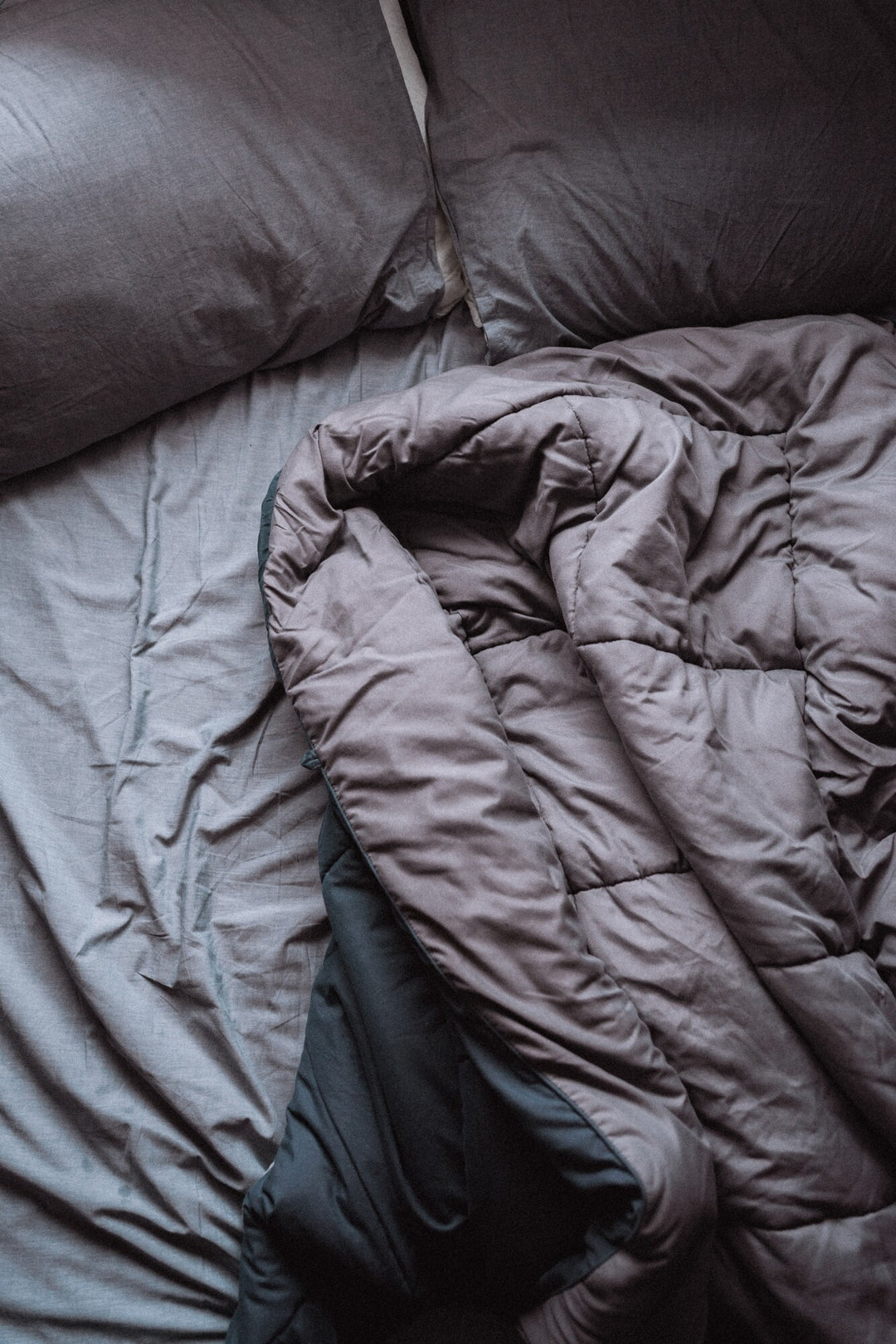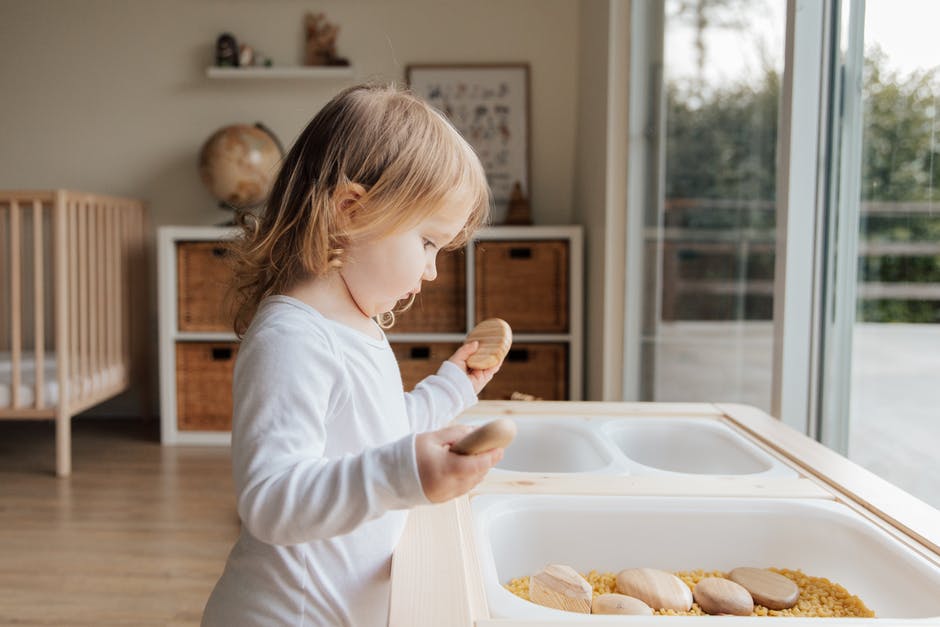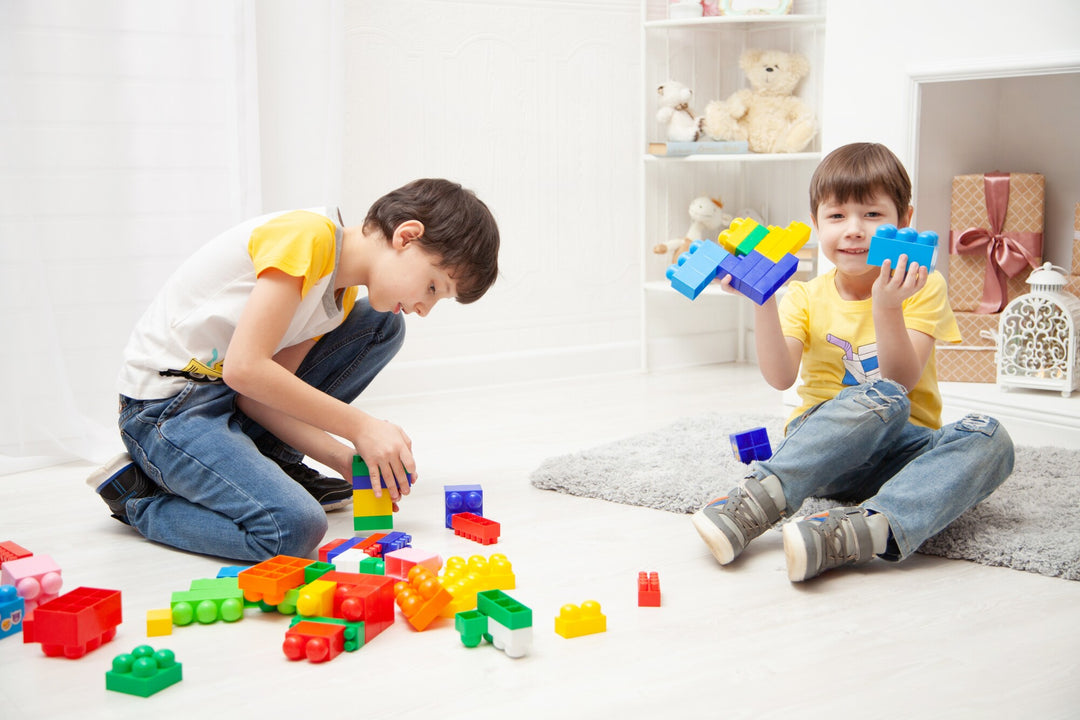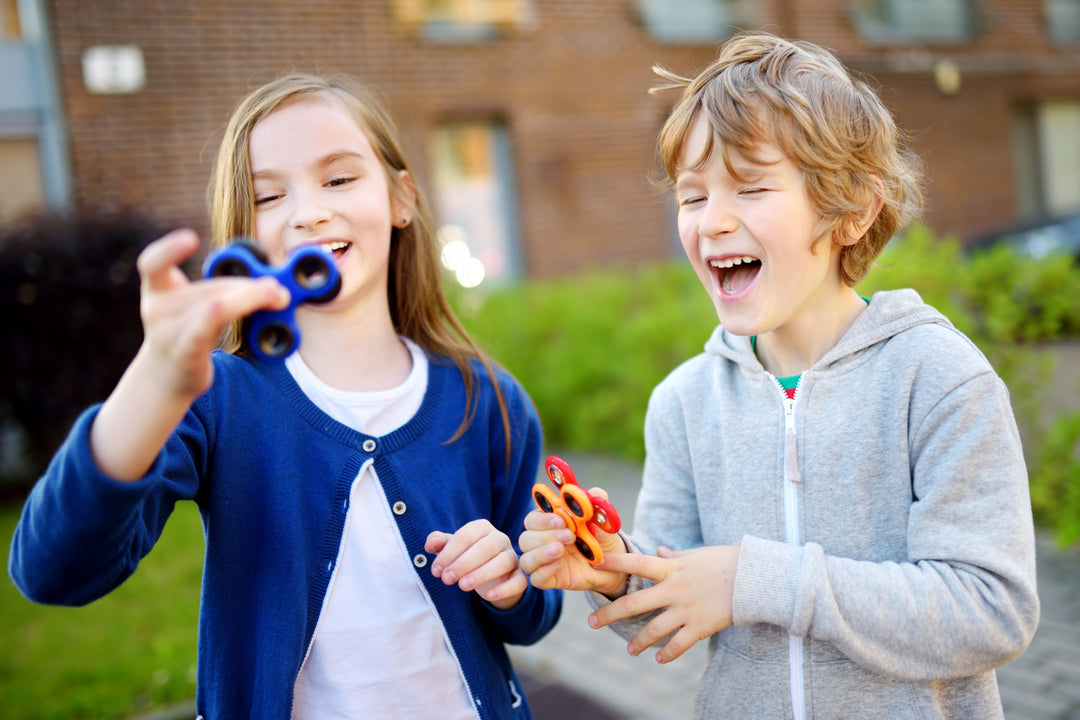Creating Sensory-Friendly Home Environments for Kids

Creating a sensory-friendly home environment is an excellent way to support children’s sensory needs, enhancing their comfort, focus, and learning potential. Sensory-friendly spaces offer tailored elements to support children who might be sensory-sensitive, providing calmness, stimulation, and learning-friendly environments within the home. Here are practical ways to design these spaces, along with recommendations for sensory toys and aids that can enhance their effectiveness.
Understanding the Importance of Sensory-Friendly Spaces
Creating sensory-friendly spaces involves designing areas that cater to children’s unique sensory preferences. Children with sensory sensitivities, such as those on the autism spectrum or with ADHD, may experience over- or under-sensitivity to sensory inputs like noise, light, texture, and movement. These sensitivities can impact their ability to focus, relax, and engage in learning activities.
Benefits of Sensory-Friendly Home Environments
Sensory-friendly environments provide a range of benefits for children:

- Enhanced Focus – Sensory-friendly spaces minimise distractions, making it easier for children to concentrate on activities.
- Reduced Anxiety – Calming sensory tools can help children self-regulate, reducing stress and anxiety.
- Improved Learning Outcomes – By providing the right sensory input, children can engage more deeply with educational activities, enhancing learning and retention.
- Emotional Well-being – Sensory-friendly environments promote a sense of security and comfort, improving emotional resilience.
Creating Different Sensory Zones at Home
Here’s how parents can create sensory-friendly areas at home to support relaxation, focus, and learning.
1. Calming Corner
A calming corner is a dedicated space designed to help children decompress. This area can be equipped with soft, tactile items that promote a sense of calm and safety.

- Lighting: Use soft, dimmable lighting to create a soothing atmosphere. Sensory-friendly lamps or night lights with calming colours can enhance relaxation.
- Textures and Weighted Items: Items like the Weighted Lap Pad or Weighted Blanket provide deep pressure input that can help children feel grounded.
- Noise Reduction: Noise-cancelling headphones, such as the Alpine Muffy Ear Muffs, can block out overwhelming sounds, creating a peaceful environment.
2. Focus Area
A focus area is ideal for homework, study, or learning activities that require sustained concentration. This space should be free of distractions and equipped with tools to help children stay focused.

- Fidget Tools: Tools like the Kaiko Fidget Range provide tactile stimulation that helps children maintain focus.
- Visual Timers: The Time Timer MOD is a visual tool that helps children understand the passage of time, improving time management skills.
- Comfortable Seating: Seating options like stability balls or cushions can allow children to move while sitting, promoting focus and comfort during learning activities.
3. Stimulation Zone
A stimulation zone is designed to help children expend energy and engage in play that promotes physical and sensory exploration.

- Tactile and Proprioceptive Input: Use tools like the Lycra Stretchy Body Sock that provide tactile and proprioceptive feedback, allowing children to experience different textures and movements.
- Balance and Coordination Tools: Balance boards or stepping stones are excellent for building body awareness, motor skills, and coordination.
- Tactile Toys: Items like Edushape Sensory Balls are great for tactile play, helping children explore textures in a fun, hands-on way.
4. Quiet Homework Zone
This area should be equipped with minimal distractions, allowing children to focus on reading, writing, or other school-related tasks in a calm environment.

- Desk Organisers: Keep the space organised and clutter-free to support focus.
- Sensory-Friendly Lighting: Use natural lighting where possible or equip the space with soft desk lamps to avoid harsh lighting.
- Oral Sensory Input Tools: For children who seek oral sensory input while focusing, chewable pencil toppers can be a useful addition to their homework supplies.
Tips for Sensory Integration Throughout the Home
In addition to specific zones, here are general sensory-friendly design ideas that can be incorporated throughout the home:
- Soft Furnishings: Use rugs, cushions, and plush throws to create a cosy atmosphere that absorbs sound, reducing overall noise levels.
- Scented Items: For children who respond well to scent, essential oils or aromatherapy diffusers can provide calming olfactory input. Avoid strong scents if your child is scent-sensitive.
- Weighted Products for Bedtime: Weighted blankets can help children relax and sleep better by providing comforting pressure that mimics a hug.
Selecting Sensory Toys and Aids for Home Use
When choosing sensory toys and aids, consider the following:
- Age Appropriateness: Make sure toys and aids are suitable for the child’s age to ensure safety and effectiveness.
- Individual Sensory Needs: Select items that match your child’s specific sensory preferences, whether they benefit from tactile, auditory, visual, or proprioceptive input.
- Safety: Opt for non-toxic, durable materials that can withstand frequent use.
Recommended Products from Sensory Assist
- Weighted Lap Pad: Great for providing deep pressure input, helping children feel grounded during focused tasks.
- Kaiko Fidget Range: Perfect for tactile stimulation, supporting children who benefit from fidgeting to maintain focus.
- Alpine Muffy Ear Muffs: These noise-cancelling headphones are ideal for children who are sensitive to loud environments.
- Edushape Sensory Balls: Engaging and colourful, these balls provide tactile feedback that promotes sensory exploration.
Implementing Sensory-Friendly Strategies
To ensure a successful sensory-friendly home environment, consider these strategies:

- Observe and Adapt: Watch how your child interacts with different sensory tools and make adjustments based on their preferences and responses.
- Set Guidelines: Teach children how to use each sensory area and tool effectively to promote responsible use.
- Encourage Breaks: Allow children to take sensory breaks as needed, whether they need to calm down, refocus, or expend energy.
Learn about the importance of tactile play in child development
With the right tools and thoughtfully designed spaces, parents can foster an environment that allows children to thrive. For a comprehensive selection of sensory toys and aids, browse the Sensory Assist range, where you’ll find products specifically designed to support sensory development at home.













